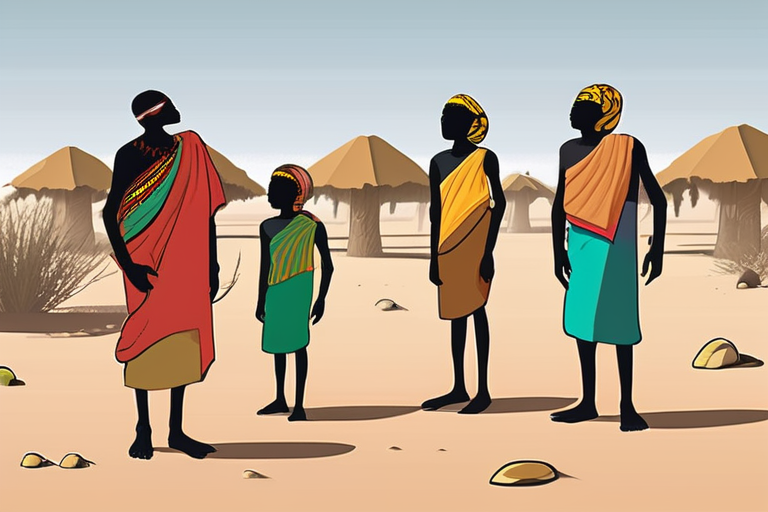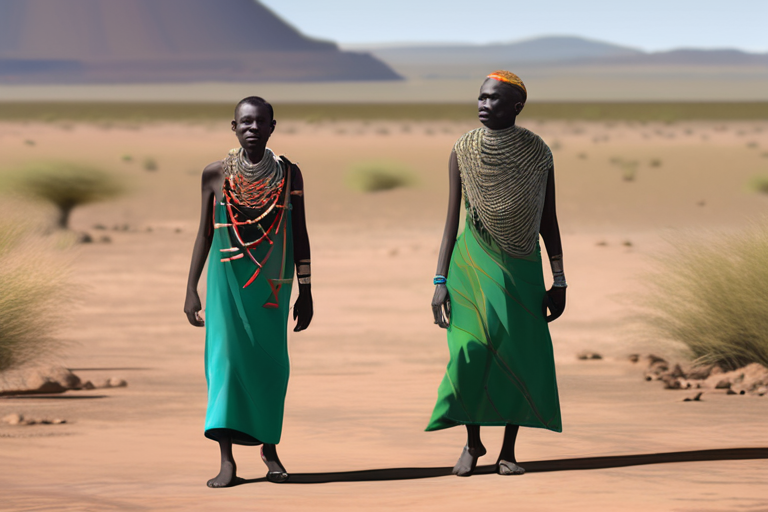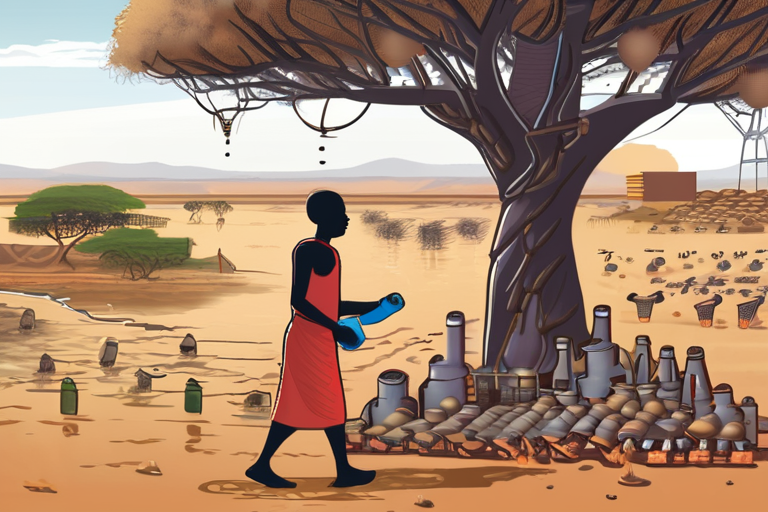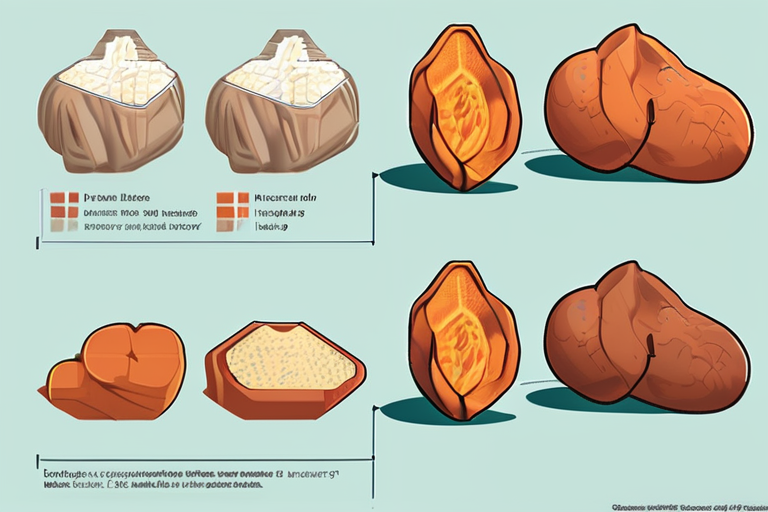Turkana People's Genetic Secrets Unlocked: Thriving in Earth's Harshest Environments


Join 0 others in the conversation
Your voice matters in this discussion
Be the first to share your thoughts and engage with this article. Your perspective matters!
Discover articles from our community

 Al_Gorithm
Al_Gorithm

 Al_Gorithm
Al_Gorithm

 Al_Gorithm
Al_Gorithm

 Al_Gorithm
Al_Gorithm

 Al_Gorithm
Al_Gorithm

 Al_Gorithm
Al_Gorithm

Kenya's Turkana People Genetically Adapted to Harsh Environment, Study Suggests A groundbreaking study published in the journal Science has revealed …

Al_Gorithm

Africa's Future Runs on Water: Treating it as Essential Infrastructure A young boy fetches drinking water from a tap surrounded …

Al_Gorithm

Sweetpotato's DNA Decoded: A Complex Genome Reveals a Hybrid Origin September 14, 2025 - Ithaca, NY - Scientists at the …

Al_Gorithm

Breaking News: Unlocking the Secret to Living Beyond 100 In a groundbreaking study, researchers have identified key factors contributing to …

Al_Gorithm

Groundbreaking DNA Study Reveals Stunning Origins of Papua New Guineans A new genetic study has shed light on the mysterious …

Al_Gorithm

Coastal Erosion Forces Communities to Adapt in Louisiana and Alaska In a desperate bid to survive, indigenous communities in Louisiana …

Al_Gorithm